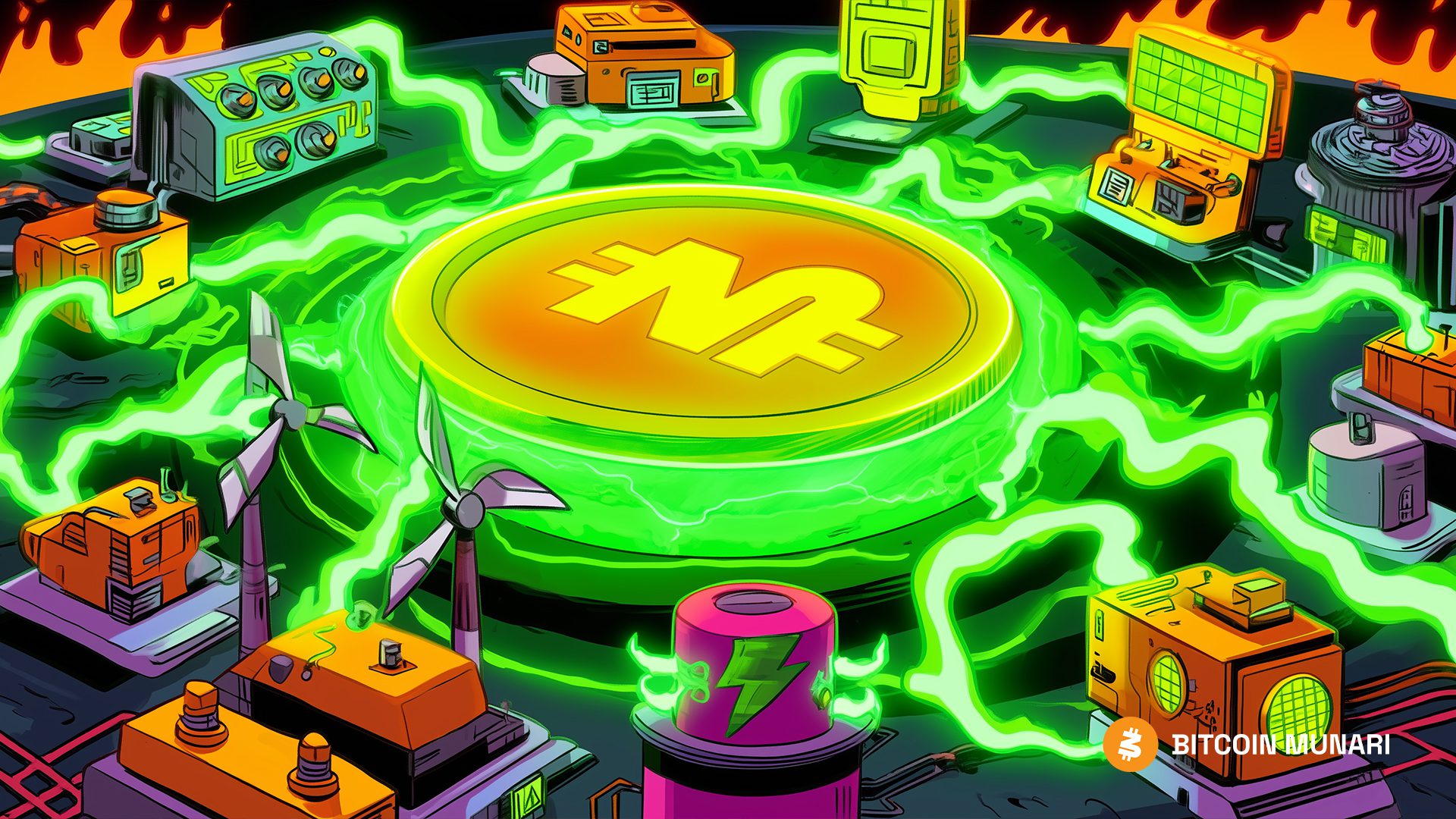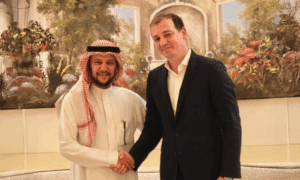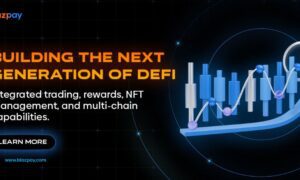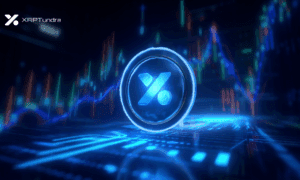Energy efficiency has become a central factor in blockchain development as networks seek to balance performance with responsible resource consumption. Contemporary architectures prioritise throughput, programmability, and cost management without reliance on energy-intensive consensus mechanisms. This shift marks a structural change across the sector as platforms move toward sustainable operational models.
Bitcoin Munari enters this environment with a design focused on minimizing computational load across every stage of deployment. The system combines a Solana-based operational entry point with a delegated Proof-of-Stake mainnet, forming a multi-phase architecture that avoids high-consumption processes while maintaining robust performance and network functionality.
Energy Profile Defined by Efficient Consensus Design
Bitcoin Munari’s consensus architecture is structured around delegated Proof-of-Stake, replacing the need for intensive hardware resources with a model based on validator participation. This approach assigns network security to stake-backed validation rather than continuous computation, creating predictable resource use even during periods of increased network activity.
Validators secure the chain through BTCM staking, while delegation allows additional users to participate without operating specialized hardware. The absence of mining equipment removes a significant source of energy demand, allowing the network to scale without proportional increases in consumption. This framework supports speed, security, and system integrity through economic alignment rather than computational output.
Solana Deployment Establishing Low-Energy Operational Entry
The platform’s first operational stage is launched on Solana, a network that uses a Proof-of-Stake and Proof-of-History hybrid model. This environment delivers high transaction capacity with low energy consumption, providing BTCM with an efficient entry point for transfers, liquidity operations, and early integrations.
Solana’s architecture reduces overhead through time-sequenced verification and optimized block propagation, enabling fast settlement without computational escalation. BTCM benefits from existing wallet support, decentralized exchanges, and infrastructure tools already operating under this low-energy model. This early phase forms a practical base layer for BTCM while mainnet development continues in parallel.
Mainnet Architecture Built Around Sustainable Resource Use
The dedicated Munari mainnet extends the platform’s energy-conscious approach. Delegated Proof-of-Stake forms the foundation, with validator selection and reward distribution tied to stake weight and performance metrics. This setup removes the need for hardware-driven competition and supports a consistent operational footprint.
Smart contract execution operates within an EVM-compatible layer, enabling decentralized applications and programmable financial tools without extensive computational processes. Privacy tools are integrated at the protocol level, allowing transaction visibility controls without external resource requirements. Network finality is reached through short confirmation intervals, further reducing redundant processing typically associated with slower block production cycles.
As part of the architecture’s preparation, Bitcoin Munari’s smart-contract systems and presale infrastructure have undergone independent third-party verification. The project completed the Solidproof Smart Contract Audit and the Spy Wolf Smart Contract Audit, both assessing contract behavior, execution logic, and stability across early deployment stages. Team transparency has been further supported through the Spy Wolf KYC Verification, ensuring identity validation ahead of mainnet progression.
The result is an execution environment designed for application development and network participation while maintaining controlled energy usage throughout all operational layers.
Token Distribution and Fixed Supply Supporting Long-Term Stability
Bitcoin Munari’s economic structure contributes directly to its sustainability profile. The system follows a fixed supply of 21,000,000 BTCM, removing inflationary issuance and the energy-intensive mining incentives associated with unlimited supply models. The distribution framework allocates tokens across predefined categories aligned with operational needs.
Supply allocation:
- Public presale: 11,130,000 BTCM
- Validator rewards: 6,090,000 BTCM
- Liquidity reserves: 1,680,000 BTCM
- Team under vesting: 1,050,000 BTCM
- Marketing and ecosystem: 1,050,000 BTCM
Validator rewards are released through a long-term emission schedule, supporting network operation without hardware-intensive processes. Components such as fee burning and validator lockups reduce circulating supply under specific conditions, maintaining economic stability without creating additional energy requirements. This model pairs scarcity principles with predictable resource demand across all development phases.
Early Access Conditions Based on Structured Supply Allocation
The presale forms the initial access point within Bitcoin Munari’s economic framework. Round 1 is priced at $0.35, measured against the project’s planned $6.00 launch benchmark, producing a modeled 1,614% ROI for the first pricing tier. Tokens issued during the presale are not subject to vesting and activate upon the Solana launch.
The ten-round presale advances through defined pricing increments and allocates 11,130,000 BTCM to public buyers, forming a substantial share of the fixed supply. This access structure is integrated into the broader development timeline, aligning early entry with the Solana phase, upcoming migration bridge, and mainnet implementation.
Register through Bitcoin Munari to obtain BTCM at the $0.35 Round 1 rate.
Website: official Bitcoin Munari website
Buy Today: secure your tokens here
Telegram: join the community



































